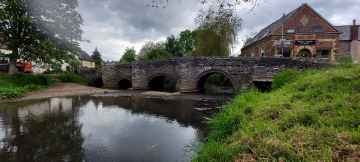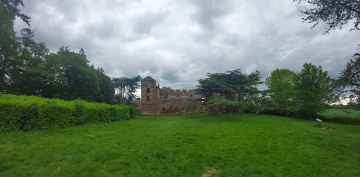Telford is a Town in the county of Shropshire.
Telford is a town in the county of Shropshire, England. It lies on the River Severn, between Shrewsbury and Stafford, and is the largest town in the county.
Telford is a new town, founded in 1963 as a result of the New Towns Act passed by the British government. It was built to relieve congestion in Birmingham and Wolverhampton, and to provide homes for people who were moving out of cities due to overcrowding.
The town has a number of attractions, including Telford Town Park, which covers more than 100 acres and includes a lake, an amphitheater, and a golf course. The park also has a children’s play area and a petting zoo. Other attractions include the Ironbridge Gorge Museum Trust, which tells the story of the Industrial Revolution in Britain, and Blists Hill Victorian Town, which recreates life in Victorian England.
Telford postcode: TF3 4HB
There are great places to visit near Telford including some great towns, rivers and streams, castles, ruins, villages, historic buildings and shopping centres.
There are a several good towns in the Telford area like Clun, Shrewsbury, and Telford.
The area close to Telford boasts some of the best rivers and streams including River Clun.
There are a several good castles in the Telford area like Clun Castle, and Acton Burnell Castle.
Don't miss Clun Castle, and Acton Burnell Castle's ruins if visiting the area around Telford.
Places near Telford feature a number of interesting villages including Acton Burnell.
The area close to Telford boasts some of the best historic buildings including Church of Saint Mary at Acton Burnell.
Telford Centre is a great place to visit close to Telford if you like shopping centres.
Telford History
There are some historic monuments around Telford:
Places to see near Telford
History of Telford
From the 13th century there was urban development in Wellington and Madeley, where Wenlock Priory founded a new town. Six monastic houses, founded in the 11th and 12th centuries, had large interests in the area’s economic growth. They collectively acquired almost half of the area, and profited from coal and ironstone mines and iron smithies on their estates.















